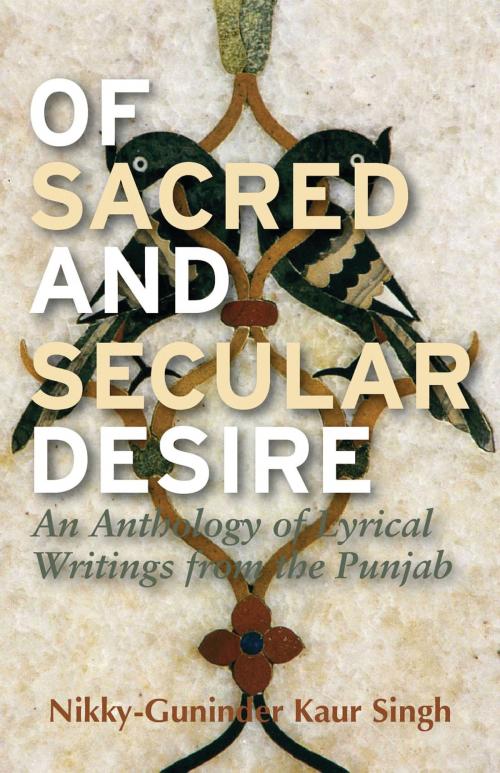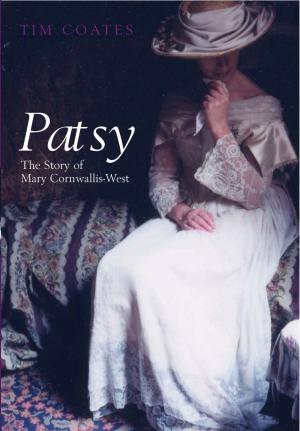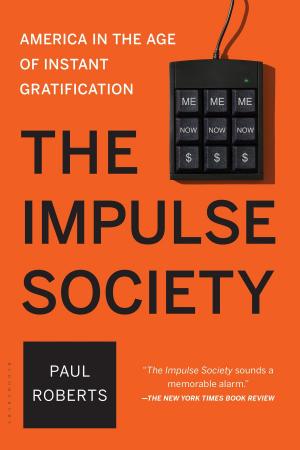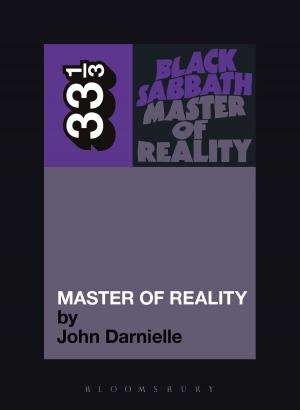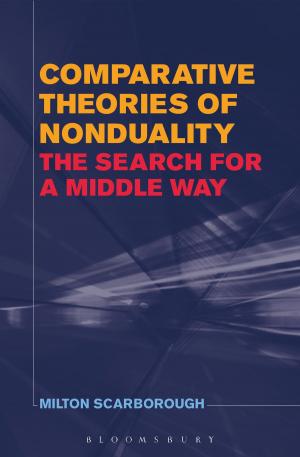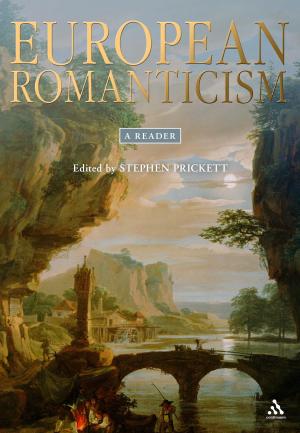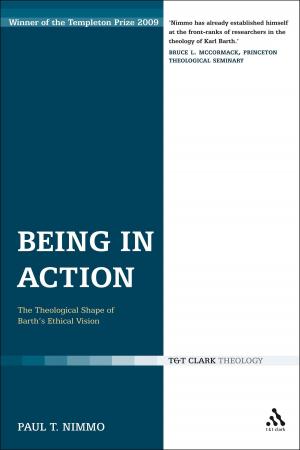Of Sacred and Secular Desire
An Anthology of Lyrical Writings from the Punjab
Fiction & Literature, Anthologies, Nonfiction, Social & Cultural Studies, Social Science, Religion & Spirituality| Author: | Nikky-Guninder Kaur Singh | ISBN: | 9780857730985 |
| Publisher: | Bloomsbury Publishing | Publication: | January 30, 2012 |
| Imprint: | I.B. Tauris | Language: | English |
| Author: | Nikky-Guninder Kaur Singh |
| ISBN: | 9780857730985 |
| Publisher: | Bloomsbury Publishing |
| Publication: | January 30, 2012 |
| Imprint: | I.B. Tauris |
| Language: | English |
The fertile land of the five rivers (punj+ab in Persian) has persistently stirred the imagination of its peoples. Its story is the story of invasion. In 326 ??e Alexander the Great marched through the Hindu Kush, conquered the verdant plains now divided between India and Pakistan, and stamped Greek cultural and linguistic influence on the region. Over the centuries the lure of the Punjab attracted further waves of outsiders: Scythians, Sassanians, Huns, Afghans, Turks, Mughals and - closer to our own times - the British. Many pitiless battles were fought. But at the same time, as different ethnic and religious groups came together and melded, the collective psyche of the Punjab was coloured by vibrant new patterns, new worldviews and new languages. Punjabi poetry is the dynamic result of these cross-cultural encounters. In her rich and diverse anthology, Nikky-Guninder Kaur Singh makes a major contribution to interfaith dialogue and comparative literary studies. Covering the entire spectrum of writers, from the artistic patterns of the first Punjabi poet (Sheikh Farid, 1175-1265) to feminist author Amrita Pritam (1919-2005), the volume serves as an ideal introduction to the three faiths of Sikhism, Islam and Hinduism. Whether focusing on Sikh gurus, Sufi saints, or Hindu holy men, it boldly illuminates the area's unique character, linguistic rhythms and celebrations, and will have strong appeal to undergraduate students of religion, literature and South Asian studies, as well as general readers.
The fertile land of the five rivers (punj+ab in Persian) has persistently stirred the imagination of its peoples. Its story is the story of invasion. In 326 ??e Alexander the Great marched through the Hindu Kush, conquered the verdant plains now divided between India and Pakistan, and stamped Greek cultural and linguistic influence on the region. Over the centuries the lure of the Punjab attracted further waves of outsiders: Scythians, Sassanians, Huns, Afghans, Turks, Mughals and - closer to our own times - the British. Many pitiless battles were fought. But at the same time, as different ethnic and religious groups came together and melded, the collective psyche of the Punjab was coloured by vibrant new patterns, new worldviews and new languages. Punjabi poetry is the dynamic result of these cross-cultural encounters. In her rich and diverse anthology, Nikky-Guninder Kaur Singh makes a major contribution to interfaith dialogue and comparative literary studies. Covering the entire spectrum of writers, from the artistic patterns of the first Punjabi poet (Sheikh Farid, 1175-1265) to feminist author Amrita Pritam (1919-2005), the volume serves as an ideal introduction to the three faiths of Sikhism, Islam and Hinduism. Whether focusing on Sikh gurus, Sufi saints, or Hindu holy men, it boldly illuminates the area's unique character, linguistic rhythms and celebrations, and will have strong appeal to undergraduate students of religion, literature and South Asian studies, as well as general readers.
